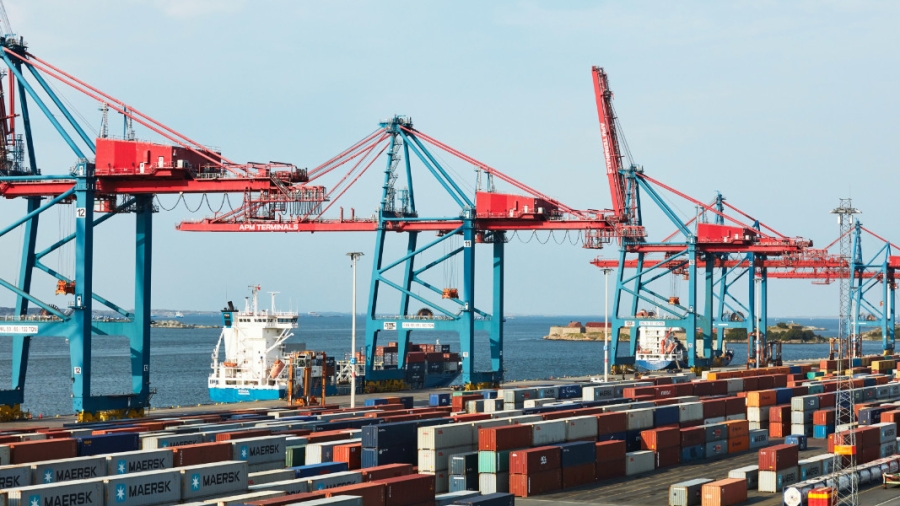Thai government officials have officially confirmed their commitment to advancing the establishment of a national shipping line. According to a report from the Bangkok Post, the initial phase of this endeavor will concentrate on domestic shipping, particularly targeting ports currently underserved by private enterprises.
This decision comes two years after initial reports surfaced regarding Thailand’s exploration of revitalizing its shipping industry. Over a decade ago, Thailand dismantled its national shipping line due to sustained financial losses. However, the government is now keen on expanding trade, estimating that, in 2021, less than 10 percent of the country’s goods were transported through Thai shipping operations.
As outlined in the newspaper report, the authorities are formulating a plan to commence operations with four containerships servicing eight domestic routes. The anticipated annual handling capacity is 31,000 TEU, contributing approximately two percent to Thailand’s import and export trade. There are also considerations for future expansion into international shipping routes.
Reports from 2021 indicated that the Port Authority was conducting an initial feasibility study, exploring options for either a fully state-owned operation or a potential public-private partnership. One proposal suggested a majority ownership by a private company, with a 51 percent stake in the partnership, focusing on domestic feeder operations to transport goods from various regions to Bangkok for export.
The Deputy Transport Minister has reportedly commissioned a follow-up study to be presented to the country’s cabinet. A final decision on the ownership model is pending, with indications that the Port Authority favors a public-private partnership, citing its quicker implementation and easier administration.
Several countries, particularly in regional markets, faced challenges during the pandemic and the subsequent surge in shipping volumes. Attracting major shipping companies to their ports and ensuring sufficient capacity for exports became a significant struggle.
Thailand is not alone in contemplating the establishment of a national shipping infrastructure in response to these challenges. Similar proposals have been considered in Vietnam, emerging as a major manufacturing hub in Southeast Asia. Even more developed nations, such as Australia, have initiated studies to rejuvenate their national shipping industry. Australian politicians emphasize the importance of national security and economic stability in ensuring continued trade.
The report did not provide a timeline for the completion of Thailand’s feasibility efforts or the expected timeframe for presenting the findings to the government for a final decision.



